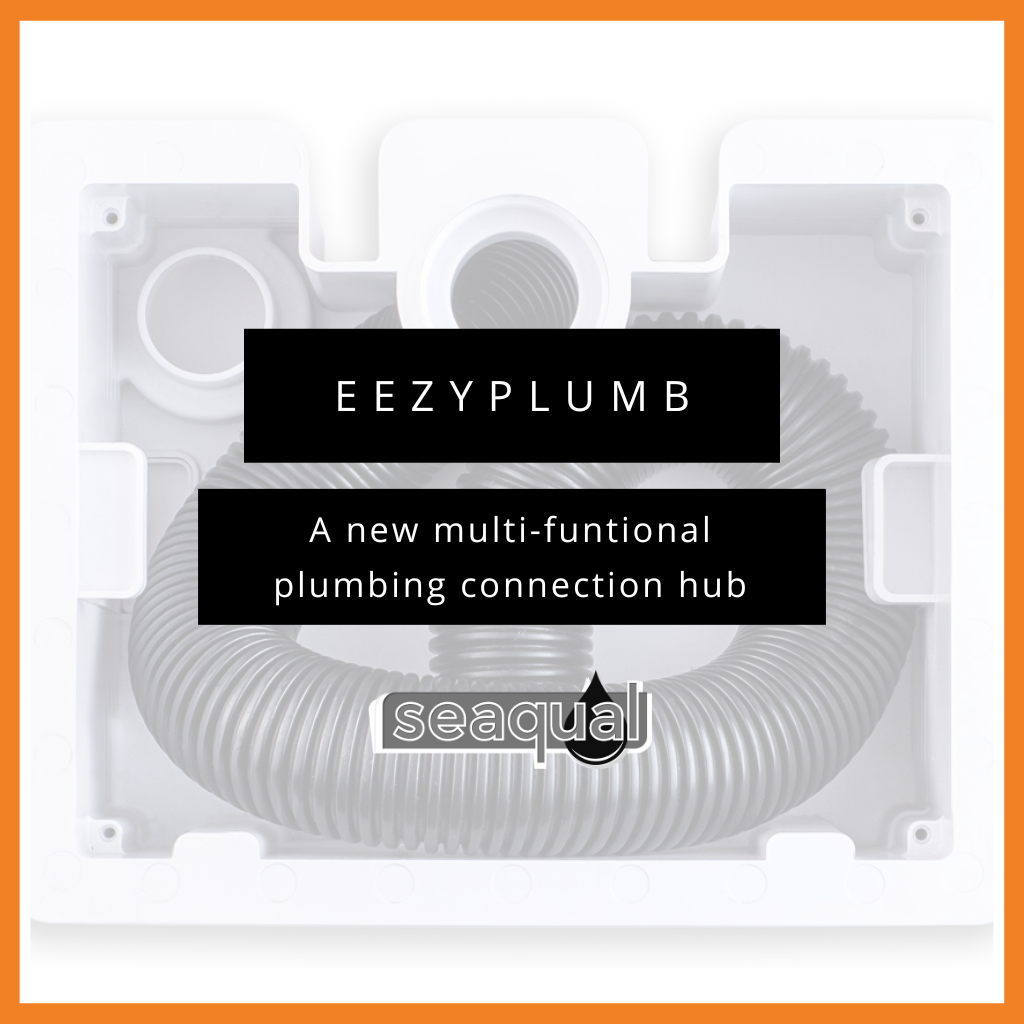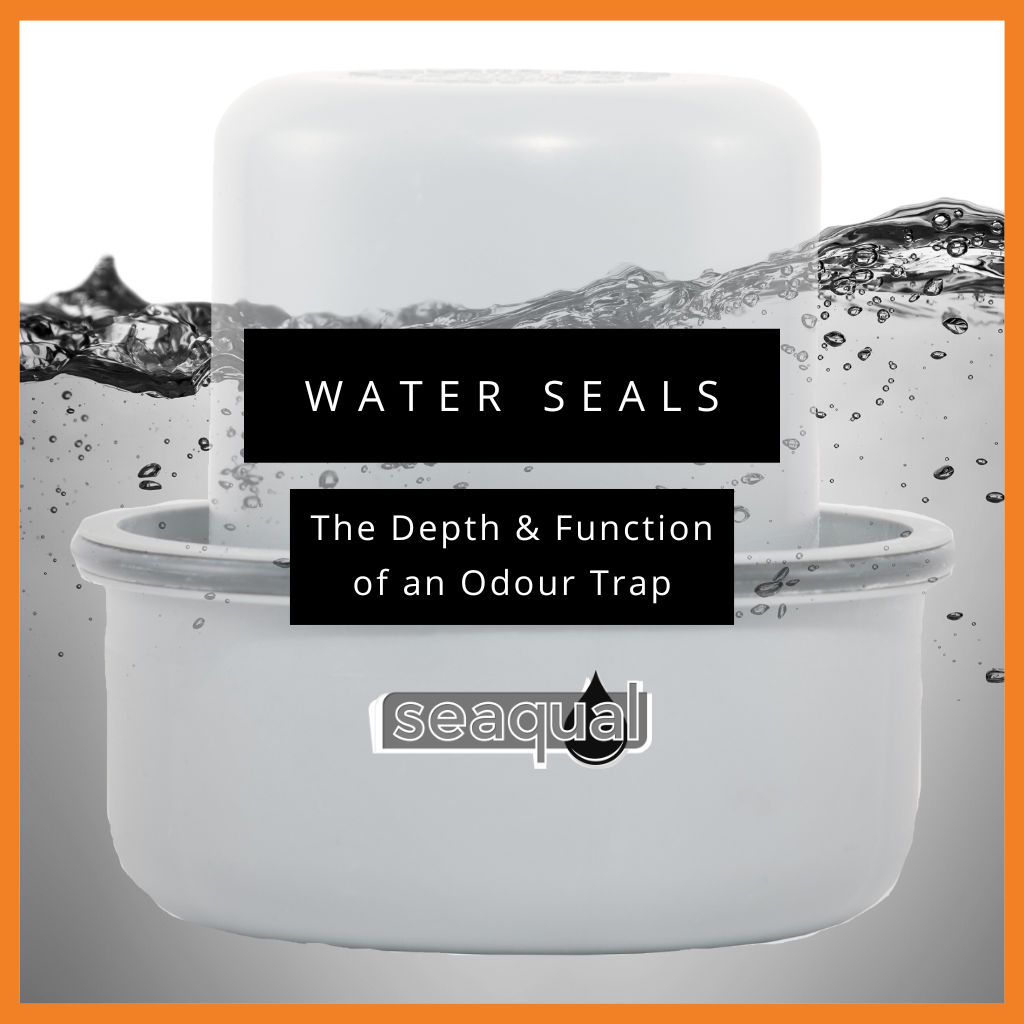
Plastic Bottles (Stock Image - Canva)
PVC (Polyvinyl Chloride) or more commonly known as “vinyl” has earned itself the dubious name of “The Poison Plastic”. It is, in fact, known as the most environmentally damaging plastic in the world - a daunting statement but unfortunately a true one. The PVC lifecycle from production, application to disposal results in the release of toxic, chlorine-based chemicals which are building up in alarmingly high levels in water, air and food-chains all around the world. And yet, PVC is found in so many of the items we use every day including piping, flooring, children’s toys, bottles, and shoes just to name a few.

PVC Piping (Stock Image - Canva)
It is because of these alarming effects that we do not use PVC to manufacture any of the products in our range. The plastics we do use in our factory include:
- Polypropylene
- High-density polyethylene (HDPE)
- Acrylonitrile butadiene styrene (ABS)
- Glass-filled Nylon
You may be asking yourself why we’ve chosen these 4 plastics? Great question! Let’s discuss each in a bit more detail:
Polypropylene (PP):
PP is the second-most widely produced plastic and considered one of the safest for commercial use. Being light, heat-resistant and sturdy, we use this plastic to manufacture products like our HyDrain domed grate, BuddyBat pipe anchors, Ceiling Saver and RainDrain Lite gutter downpipe drains.
High-density polyethylene (HDPE):
HDPE is also considered one of the safest types of plastic and for this reason it is often used to manufacture food packaging and containers. HDPE products withstand heating and freezing very well and so they can be used in various weather conditions. Products in our range manufactured from this plastic include the 4All 1-meter channel drain as well as our dust covers because these recycle very well.
Acrylonitrile butadiene styrene (ABS)
Rather than burning, thermoplastics like ABS liquefy, and this allows them to be easily injection moulded and subsequently melted down and recycled. ABS is very easy to machine, has a strong resistance to corrosive chemicals and/or environmental factors. This is the plastic we use the most at Seaqual. ABS products in our range include HiddenHatch, VitylDrain, EezyPlumb and all the F-box 1st fixes, waterproofing flanges and M-sert grate holders in our WetFloor range.

Assembling & packaging ABS F-Boxes, waterproofing flanges & HDPE Dust Covers
Glass-filled Nylon:
Glass-filled nylon is created in one of 2 ways; by adding powdered glass to nylon resin or by extruding the plastic with very fine glass fibers. The resulting material is the strongest of all the plastics in our factory and for this reason we use it to manufacture drains that have a massive carrying capacity for areas with vehicular traffic. Such products include our QualiDrain channel grate, RainDrain Nylon storm drain and also our HyDrain waterproofing flange onto which various waterfproofing materials can be adhered.

Seaqual Injection Moulding Machine & Operator
In addition to their durability, strength and functionality, these plastics are also safe, recyclable & do not leach toxins into the environment once installed.
Our injection moulding process produces minimal waste and great care is taken to minimize our overall carbon footprint. The plastics with which we work can be reground and reused and we even sell our regrind to other manufacturers.
To request a Tech Data Sheet or to download our full product catalogue you can visit our Technical Page.



